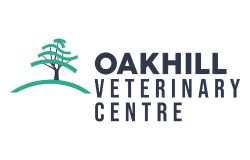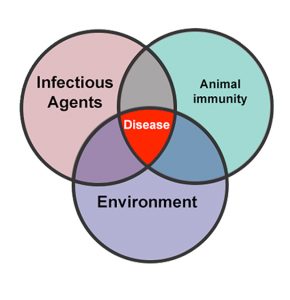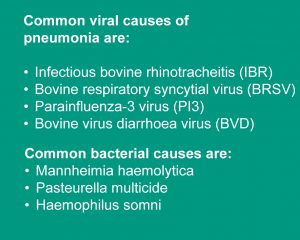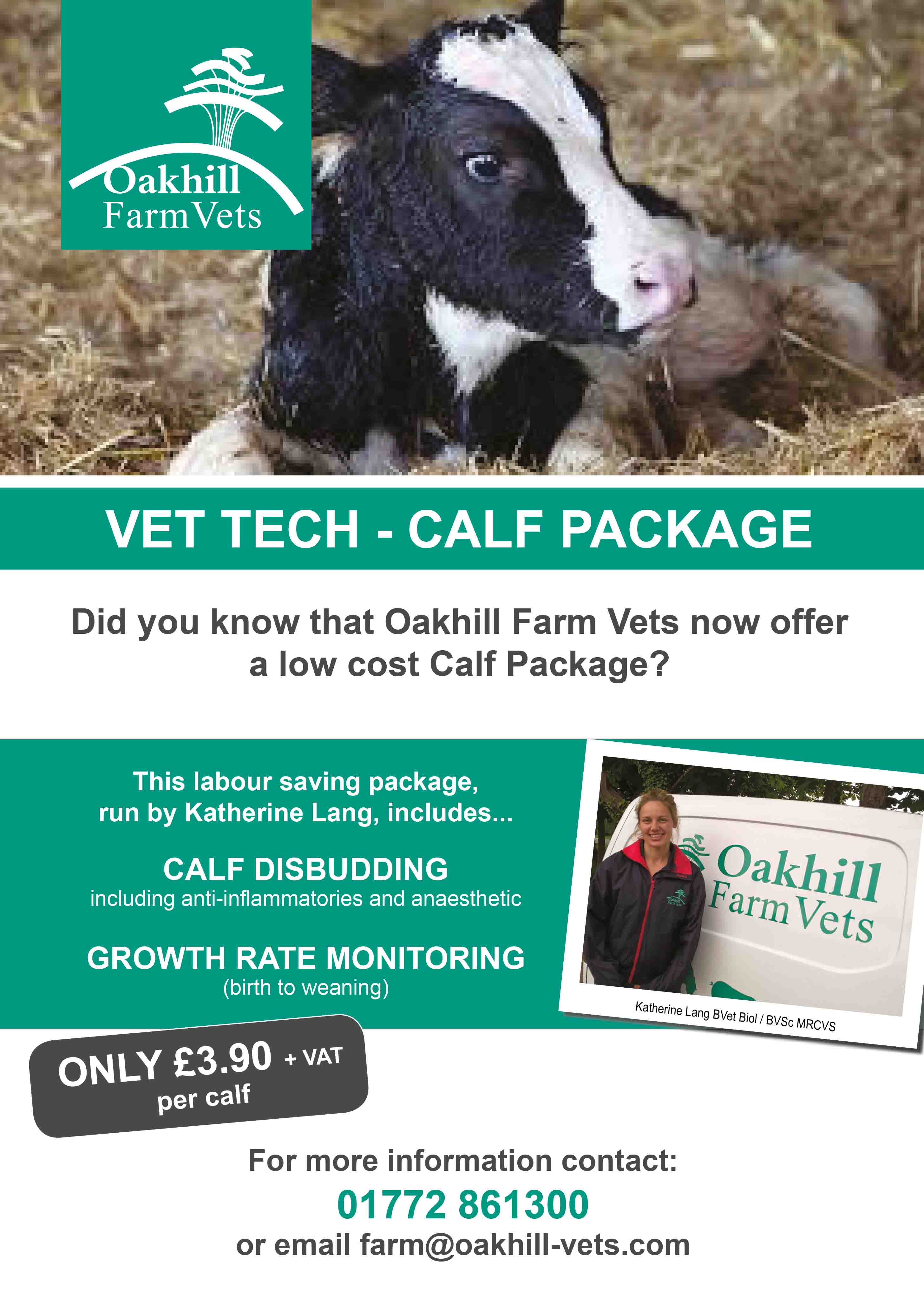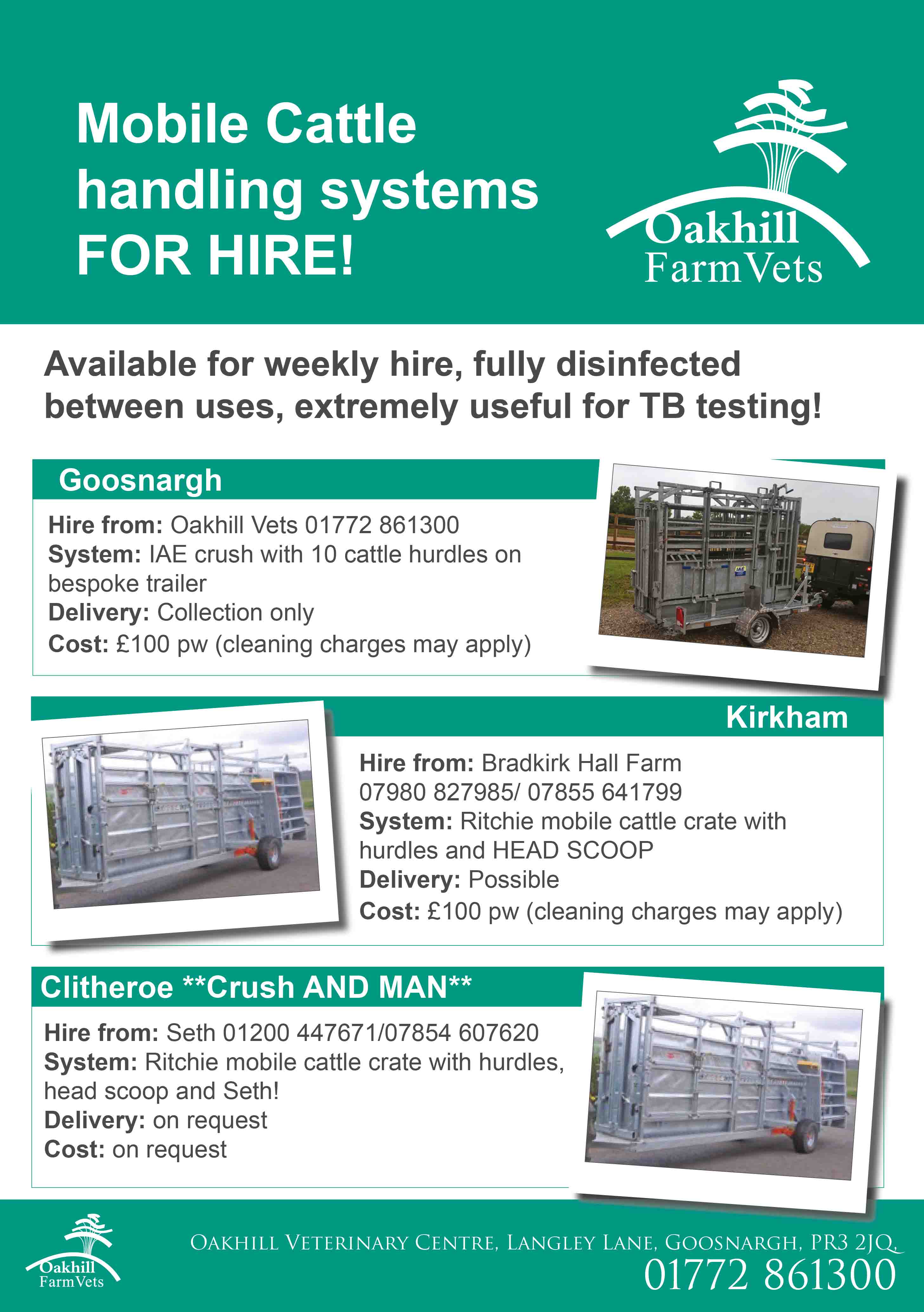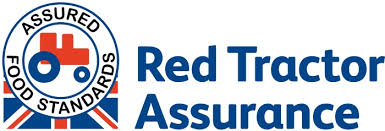
There has been an update in the Red Tractor Assurance Standards coming into effect from October 2017. A full list of changes is available on the Red Tractor website, the main changes affecting your herd health plan are listed below.
Dairy:
· Documented medicine records – all antibiotics used must be collated, and an annual review must be undertaken by the vet.
· Farm to farm sales of animals under statutory withdrawal periods for medicines must be accompanied by a withdrawal period declaration.
· Colostrum – a colostrum protocol must be put in place to ensure young stock are receiving adequate colostrum. The protocol must be added to the herd health plan. A recommendation has been added that the quality of colostrum should be tested.
Beef and Lamb:
· Animal medicines – recommendation that the highest priority critically important antibiotics are only used as a last resort and under veterinary direction.
· Farm to Farm sales of stock under statutory withdrawal periods for medicines must be accompanied by a withdrawal period declaration.
· A farm biosecurity plan must be created, implemented and updated in relation to health and performance reviews. Disinfectants across the farm should be DEFRA approved.
To find out about all Red Tractor Assurance Standards, please go to: http://assurance.redtractor.org.uk/tools-and-library
